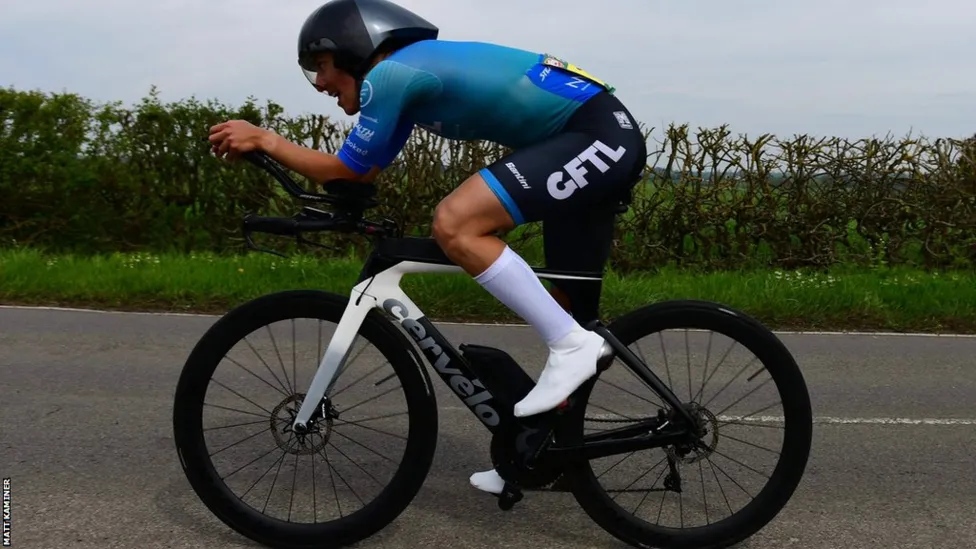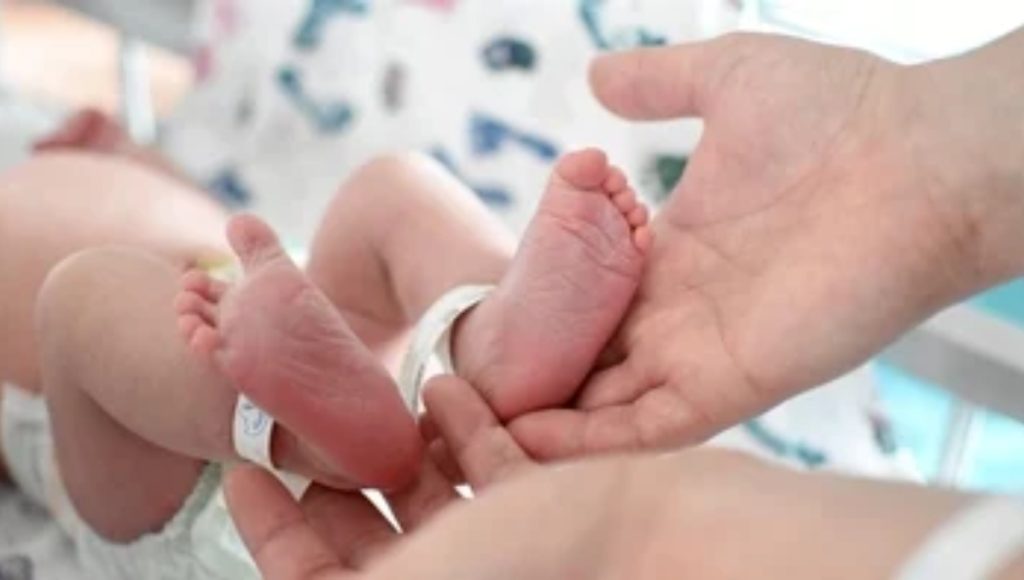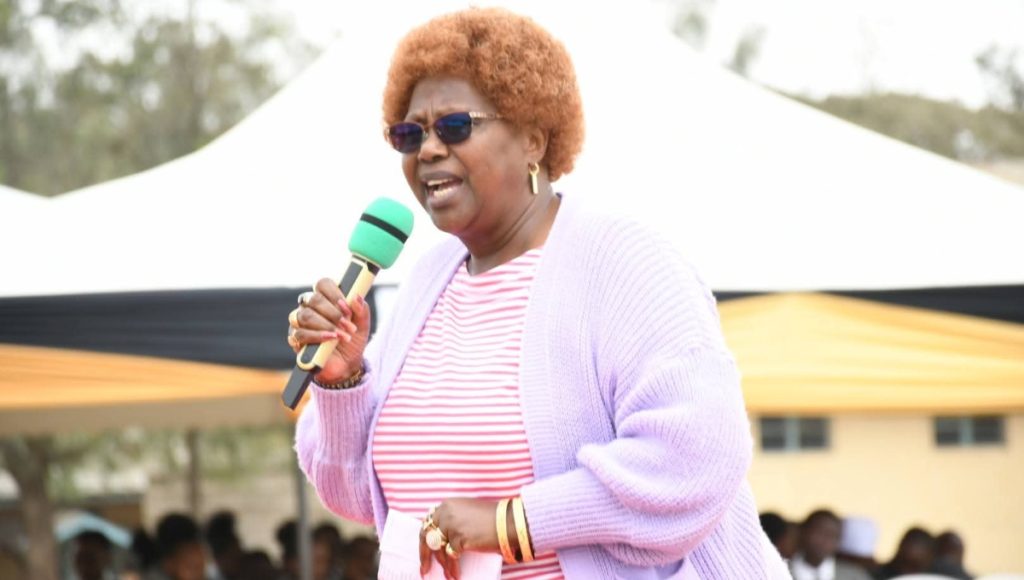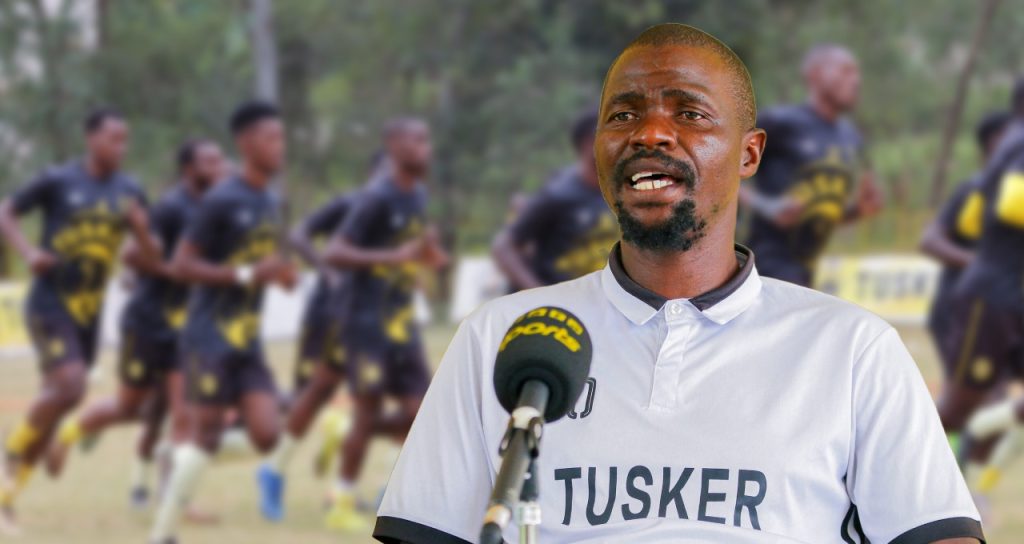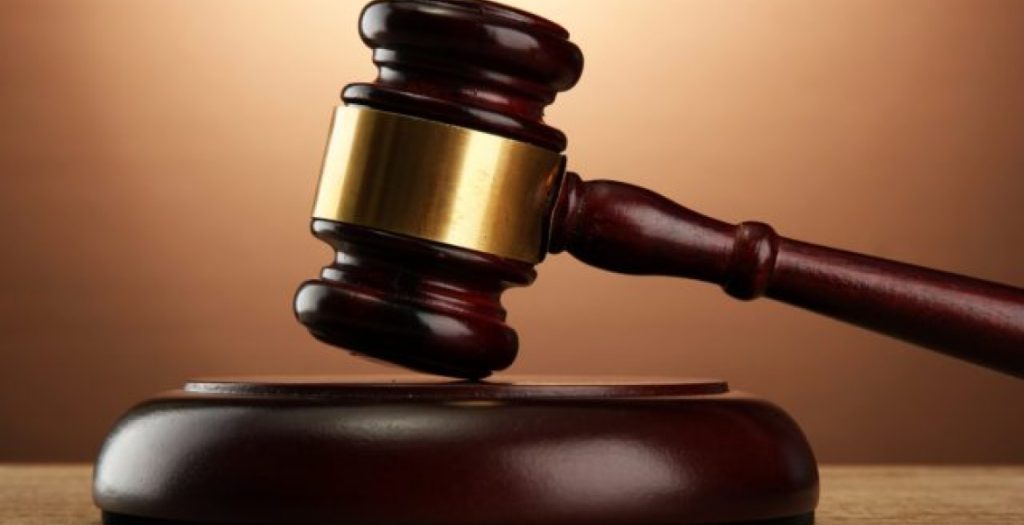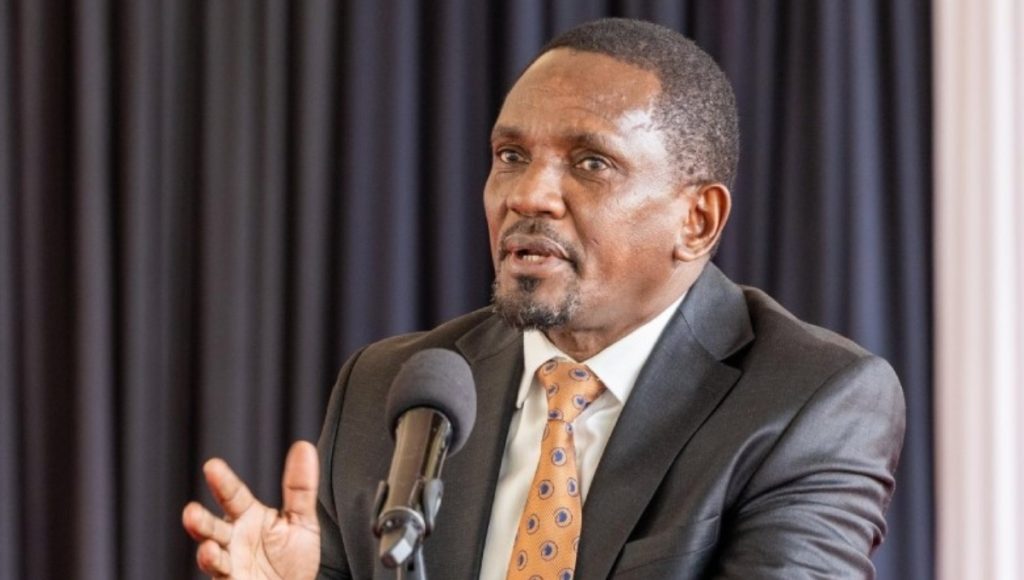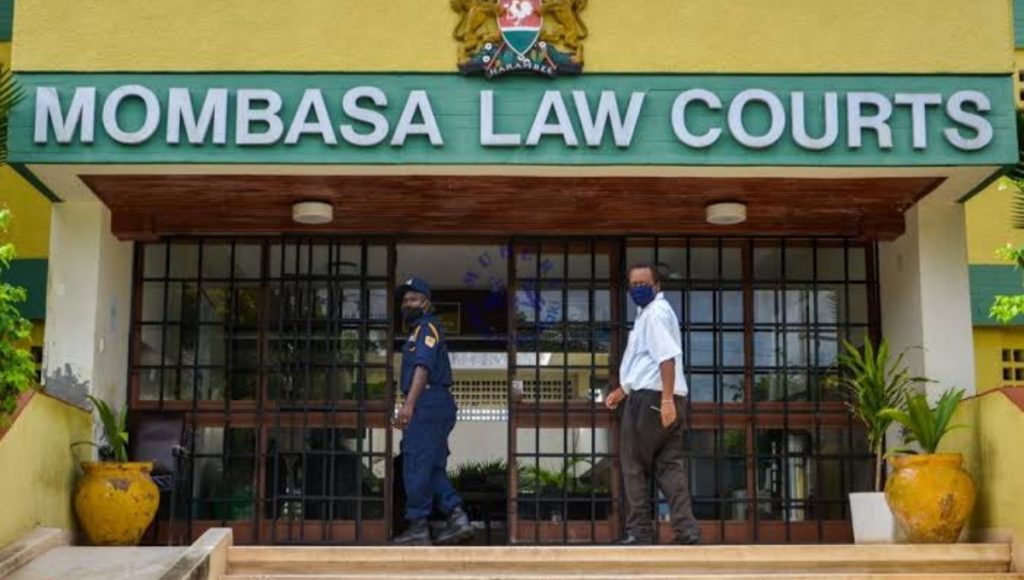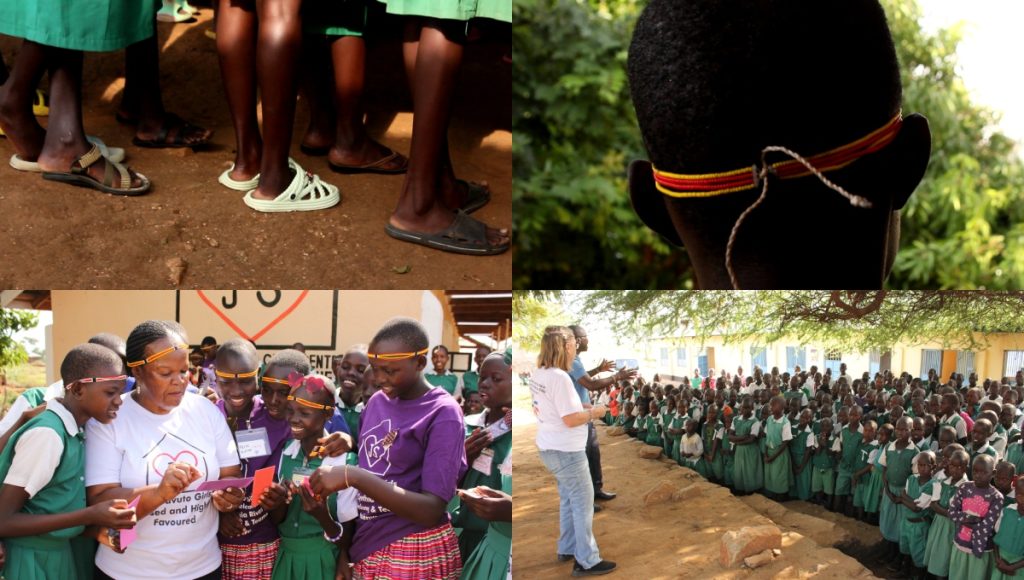Eight healthy babies have been born with the help of an experimental technique that uses DNA from three people.
Researchers announced Wednesday a successful birth in the United Kingdom, after the clinical trial of an IVF technique known as mitochondrial donation. Four boys and four girls, including one set of identical twins, were delivered and are all doing well, and one other woman is currently pregnant.
Of the eight babies born, three are now aged under six months, two are aged six to 12 months, one is 12 to 18 months old, one is aged 18 to 24 months and another child is aged over two.
Scientists say none of the eight babies shows signs of having mitochondrial DNA disease, which tends to affect around one in 5,000 births.
The technique is meant to help mothers avoid passing devastating rare/genetic diseases to their children, researchers .
Most DNA is found in the nucleus of human beings’ cells, and it’s that genetic material some inherited from mom, some from dad that makes humans who they are. But there’s also some DNA outside of the cell’s nucleus, in structures called mitochondria (Mitochondria are parts of a cell that break down food and turn it into energy).
Mitochondria are cells that are found in almost every cell of the human body. Dangerous mutations there can cause a range of diseases in children that can lead to muscle weakness, seizures, developmental delays, major organ failure and death.
Testing during the in IVF process can usually identify whether these mutations are present. But in rare cases, it’s not clear.
Researchers have been developing a technique that tries to avoid the problem by using the healthy mitochondria from a donor egg. They reported in 2023 that the first babies had been born using this method, where scientists take genetic material from the mother’s egg or embryo, which is then transferred into a donor egg or embryo that has healthy mitochondria but the rest of its key DNA removed.
Using this method means the embryo has DNA from three people; from the mother’s egg, the father’s sperm and the donor’s mitochondria and it required a 2016 U.K law change to approve it. It is also allowed in Australia but not in many other countries, including the U.S.


